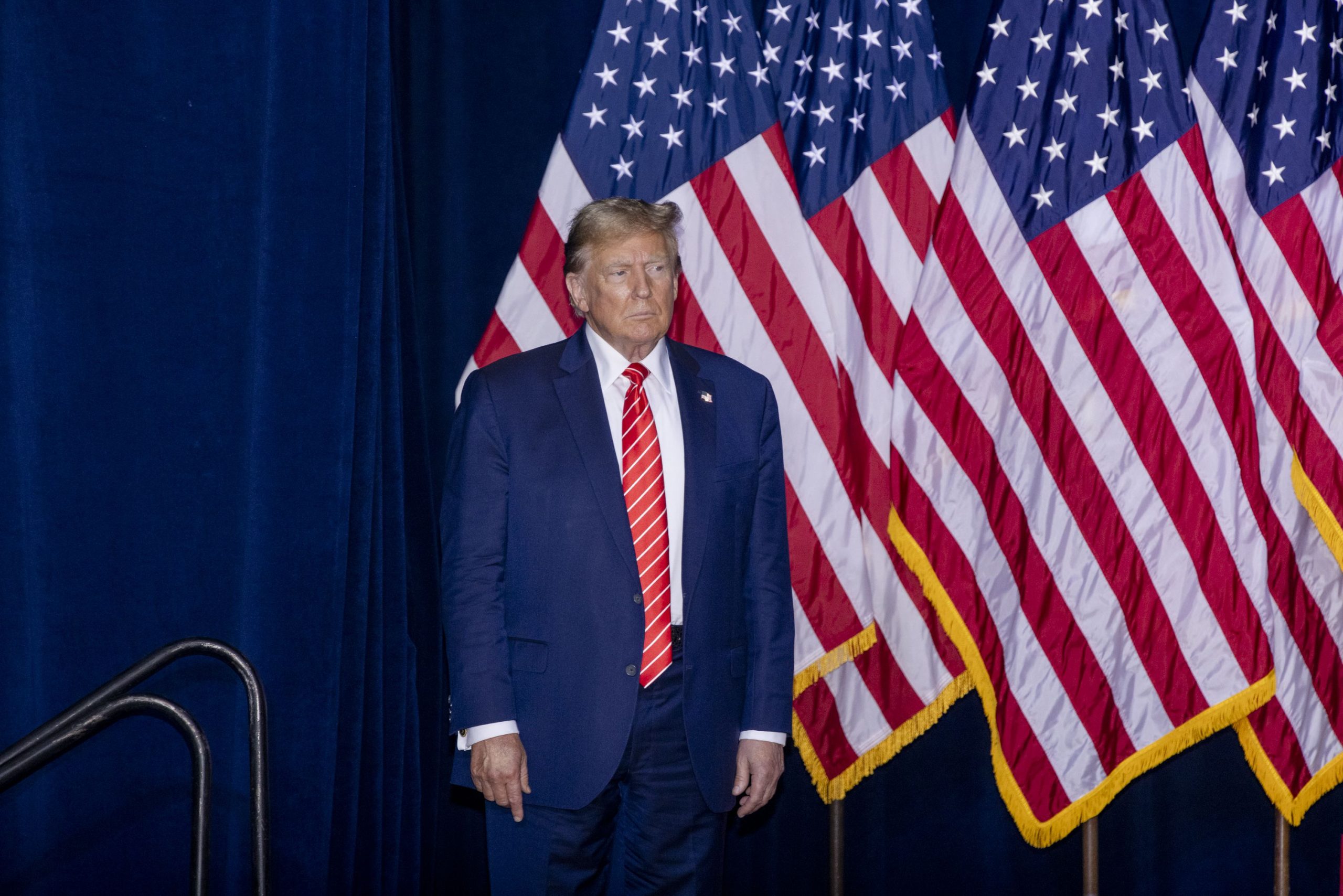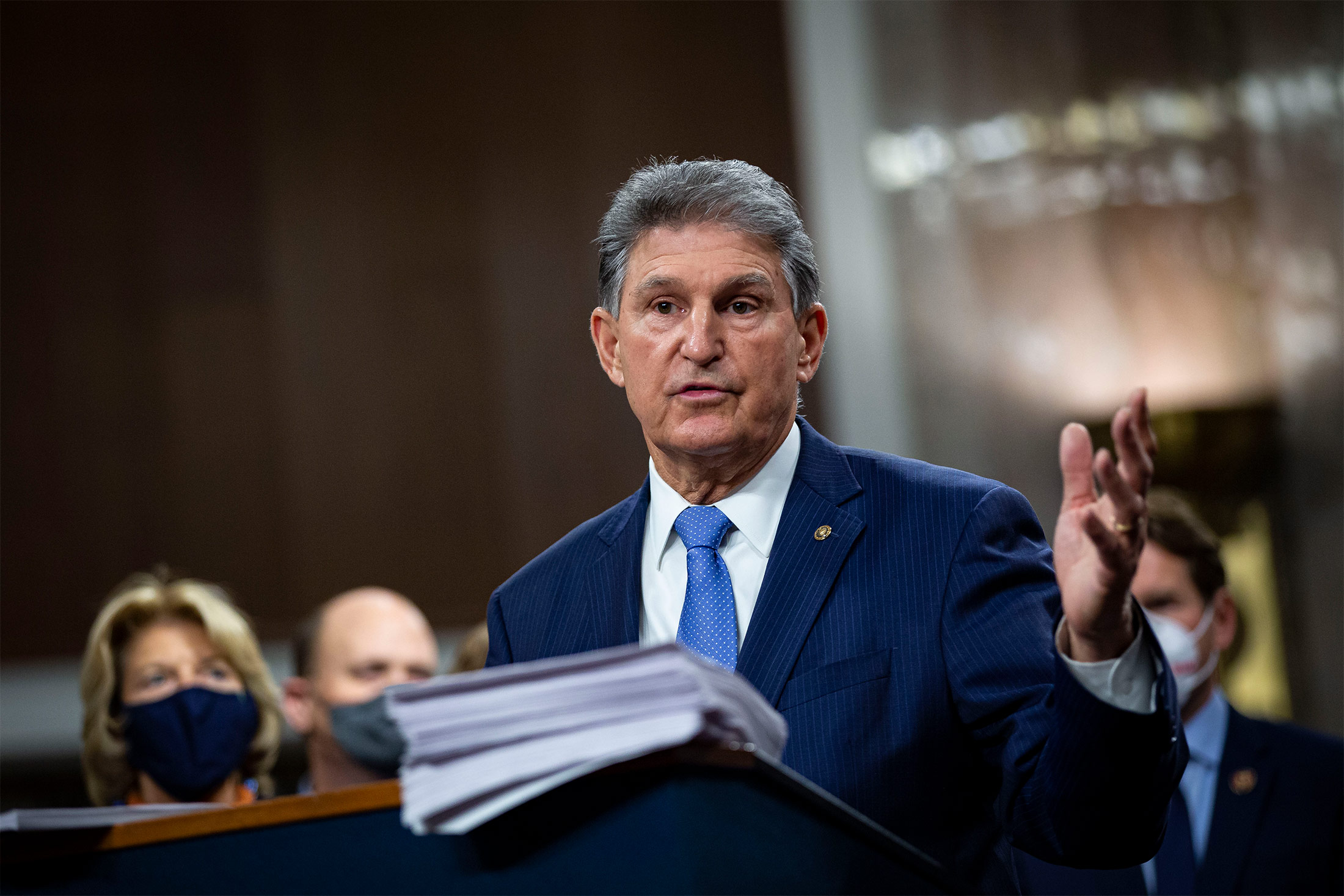Donald Trump’s social media venture, Trump Media & Technology Group (TMTG), which owns Truth Social, has seen its significant stock market gains vanish due to a sharp sell-off. The company’s stock, which had surged earlier this year, dropped below $17 per share, erasing the remarkable gains it experienced since January. Although Trump holds a majority stake valued at $2 billion, this is a substantial decrease from its $4.9 billion value in March.
The financial performance of TMTG has been underwhelming, with the company generating only $4.13 million in revenue in 2023 while suffering a loss of $58.2 million. Additionally, Truth Social, the social media platform launched by TMTG, has shown sluggish growth.
Research indicates that the platform had just 7.7 million visits in March, a stark contrast to the 6.1 billion visits garnered by X (formerly Twitter) during the same period. Despite this, TMTG was valued at nearly $10 billion in the stock market in March.

Trump faces potential financial challenges due to ongoing civil trials, which could result in significant penalties, impacting his personal wealth. Nevertheless, Trump Media has dismissed any speculation that Trump might sell his shares in TMTG, asserting that there are no indications of such plans. Trump has also returned to X, after initially abandoning it following his ban, participating in a lengthy interview with Elon Musk.
The stock market surge of TMTG was fueled by its emergence as a “meme stock,” akin to other volatile stocks like GameStop. The company caught the attention of retail investors who drove up its stock price through a wave of online memes, many of which were circulated on Truth Social itself. This phenomenon led to a dramatic increase in trading volume for Digital World Acquisition Corp, the shell company set to merge with TMTG.
However, the excitement surrounding TMTG’s stock was short-lived. After Digital World and TMTG finally merged in March, the initial surge was followed by a rapid decline, reminiscent of the dramatic rises and falls seen with other meme stocks like GameStop and AMC Entertainment. This pattern underscores the volatility and risk associated with such stocks, which can experience explosive growth followed by significant crashes.


















